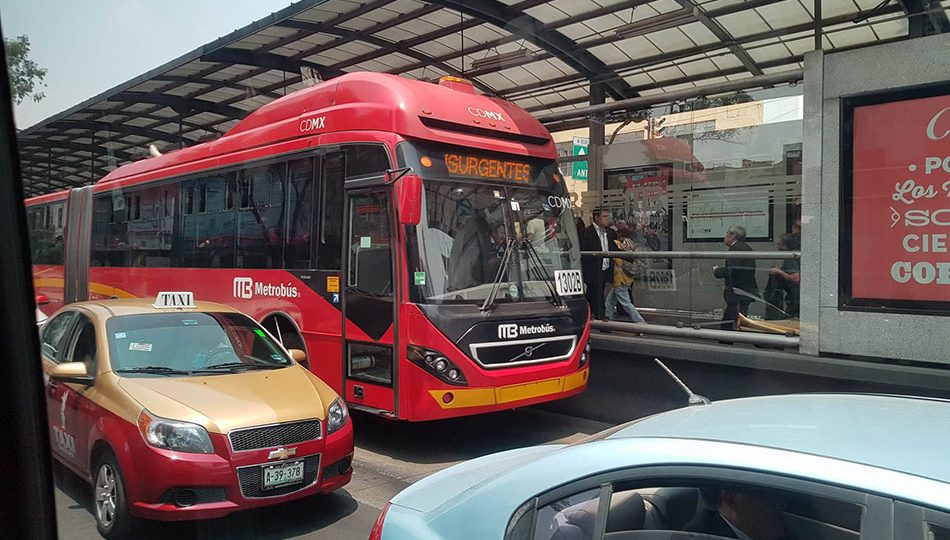MEXICO CITY – Hawkers sell water and snacks to motorists trapped in rush hour traffic here, a familiar sight in Manila, except on one side of the road, commuters on red buses speed through uninterrupted.
The bus rapid system or Metrobus is among many traffic solutions in this Latin American metropolis that the Philippines hopes to adopt, while building new roads, railways and bridges.
Traffic jams are a shared suffering of the Philippines and Mexico, two former Spanish colonies on opposite sides of the Pacific that are both seeking to accelerate economic growth.
A new railway construction has aggravated daily gridlocks in the Mexican capital, though not as severe as in Manila, where an estimated P2.4 billion are lost daily due to traffic jams.
President Rodrigo Duterte’s economic managers have set a 2019 target for the completion of a 12.3-kilometer bus rapid transit from Quezon City Memorial Circle to Manila City Hall. It is among projects under “Dutertenomics,” which also includes the first subway in Metro Manila and the first railway in Mindanao.
Mexico’s Metrobus occupies the innermost of four lanes in the capital’s main roads including flyovers. Barriers separate the BRT lanes from the rest of the highway and private vehicles caught using it are fined.
The long red buses have multiple doors similar to Manila’s MRT. It stops only in stations located in the middle of the road.
Mexico City has also installed cable cars as an alternative for commuters. Transportation Secretary Arthur Tugade said last year that it was being considered, and once approved, construction would be finished in 18 months.
The three-mile-long, seven-stop Mexicable glides over expressways and hillside neighborhoods, and are easily mistaken by visitors as tourist attractions.
This story was republished with permission from ABS-CBNNews




